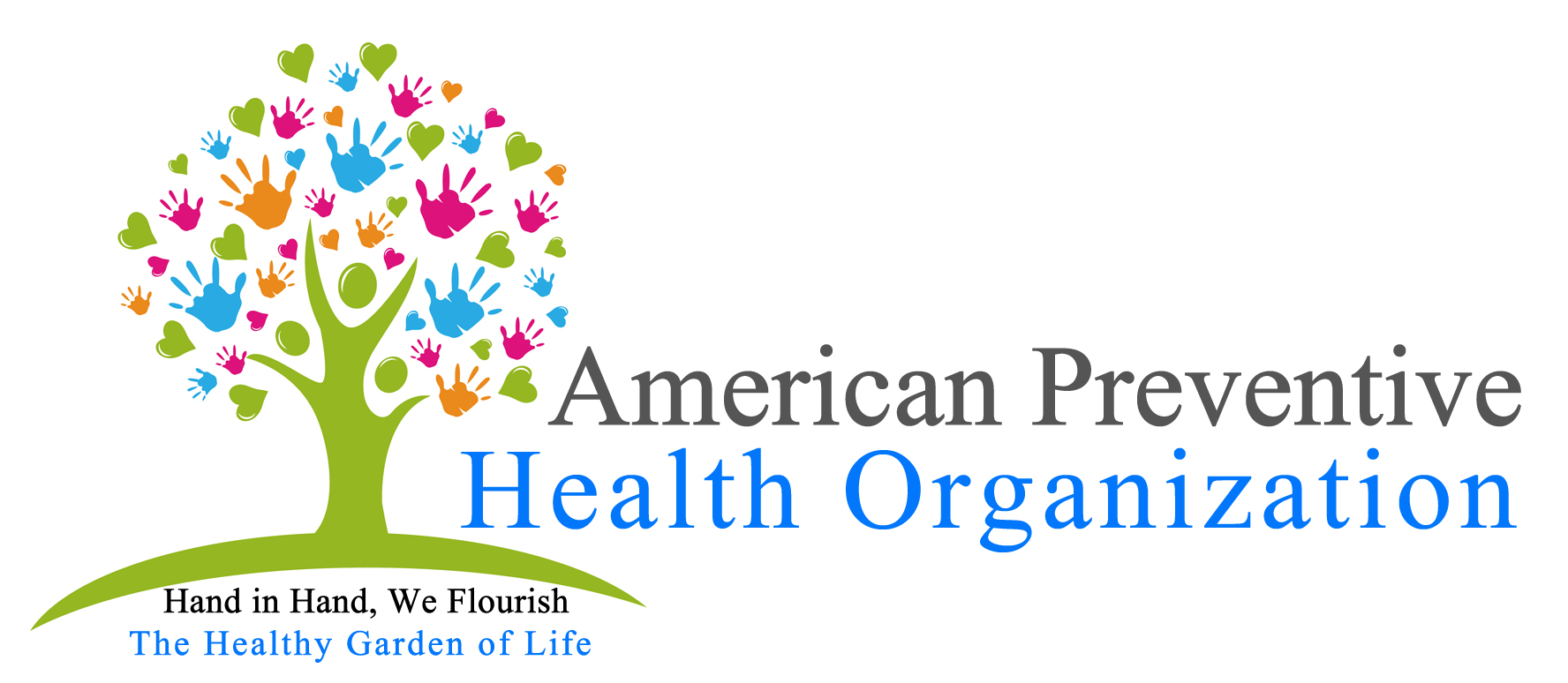
What is the coronavirus? Is it one single type of virus?
Coronavirus is a virus that is named “corona” because it has a crown/spikes on its surface. There are seven types of coronavirus that can make people sick. Humans around the world get infected, commonly, by only four of these types: the 229E, NL63, OC43 and HKU1. These four are simple viruses and are not considered dangerous. They are regular infections contracted, normally, by humans; and, causing a minor illness.
On the other hand, certain types of coronavirus target and infect animals. They are specific to animals and not humans, under normal circumstances. Once an animal contracts it, and under abnormal circumstances, the virus will evolve and wrongfully gets transmitted to humans, turning it into a new type of human coronavirus. This was the case of the MERS-CoV (Middle East respiratory syndrome coronavirus) that affected the Middle East area in 2014, causing 858 deaths and 2494 reported confirmed cases. This is also the case of the new coronavirus spreading fear, globally.
Originating from Wuhan China, and spreading to numerous countries, surfaced the SARS-CoV-2, also known as the COVID-19. The COVID-19, circulating now around the world, is not the same as any of the regular common coronavirus types that normally infect people, causing mild illness and symptoms like the common cold. It is a more virulent type that is considered a Global Health Concern. It is not a simple type of cold or flu; but, a major respiratory illness that can be devastating for children, pregnant women, elderly and anyone who has a chronic illness.
How does it spread?
COVID-19 can easily spread. Once a few cases are found in a given city or country, one needs to expect more cases to surface up. The virus, like other viruses, can be passed, from a person to another, if two people are in close contact with each other, less than 6 feet away; and, one of them is infected (showing symptoms or simply being a vector carrier).
You can also contract it by being exposed to respiratory droplets from an infected person who is coughing or sneezing.
Finally, you can get the COVID-19 by touching a surface or an object that is contaminated by the virus.
A person carrying the virus does not necessarily know it or show any symptoms; but, he or she can still spread it to people around him/her.
In the case of this new COVID-19, spreading the virus seems to be easy and sustainable. Be aware!
What are symptoms?
Among the confirmed cases of this new disease, illness was accompanied by fever, cough and shortness of breath. Symptoms appear up to 14 days after exposure to the virus. Getting tested is the only way to confirm the presence of absence of the virus.
How long does the COVID-19 virus stay on infected surfaces?
Recent studies explain that this new coronavirus tend to live longer in cold weather and moist environments. Coronavirus can live up to 9 days on most surfaces. In weathers around 4 degrees Celsius, some types of the virus can last up to 28 days.
How to protect yourself from COVID-19 ?
The first step is not to travel to nations affected by this epidemic virus, including China and Japan, Italy and Iran. Make sure you are updated about the new outbreaks of this infection to identify the risky nations.
Make sure you are following the protective measures that normally help you prevent any flu or cold, like washing your hands regularly following the 20 seconds rule, and not touching your eyes, hands and nose with unwashed and non-sanitized hands.
Are Masks effective in protecting against COVID-19 spread?
Not every mask can do it and not any mask can offer a full protection. If you need to travel to a country where cases have been confirmed, an N-95 respirator can offer the best protection as it fits well on the face and can prevent particles, to a 95% extent, from entering your respiratory airways. The blue and green mask fits loosely on the face. It can only protect you from a visible splash of droplets and fluids; but, cannot completely keep out germs and small airborne particles.
If there are cases of this virus in your country, this does not imply that the entire population needs to wear masks. This is not a horror movie.
How can you deactive the COVID-19 virus so you can be safe?
The best way to inactivate a possible infected surface is using hydrogen peroxide, ethanol and sodium hypochlorite like bleach. These can quickly and effectively inactivate coronavirus, in as little as 1 minute!
Is COVID-19 a potential risk, globally?
Outbreaks of novel viruses have always been a global burden, and the severity of their impact depends on the severity of the illness they cause and the virulence of the virus itself. Up until now, the COVID-19 has been sustainably spreading resulting in high levels of severe morbidity and deaths.
How the situation will unfold is the reflection of the intensity and effectiveness of the global response to this virus. People are still traveling and crossing borders, while others are on cruises sharing small spaces and buffet meals. Both situations are excellent vectors for viral-spread.
The appropriate preventive and testing methods need to be adopted at every airport and port, to minimize the introduction of the virus naively to new countries, causing new outbreaks and deaths. It is not acceptable for epidemics to become pandemics, especially in developed nations.
The proper necessary awareness needs to be implemented to avoid the spread of wrong health education about this virus. There is no need to panic; but, there is a necessity to understand what and how to face this new fast-spreading infection. Every country needs to have a well-equipped facility to welcome an infected patient; and, enough test kits for the public.
According to the Chinese Center for Disease Prevention and Control, a study published in February 24, 2020 included 72,314 cases of the COVID-19. Results indicated that following findings:
- only 1% of the cases are asymptomatic.
- 81% of the cases presented with a mild spectrum of the disease while 14% presented severe symptoms.
- 3% of infected individuals were dead and among them: 50% were patients with pre-existing diseases, 14% were older than 80 years old and 8% were between ages 70 and 79.
- Many cases of COVID-19 were observed as a form of secondary transmission within the hospital setting.
- Transmission is more accentuated when there is close contact.






